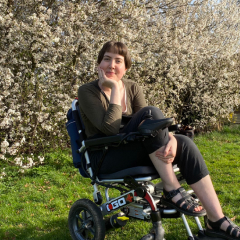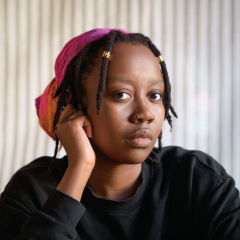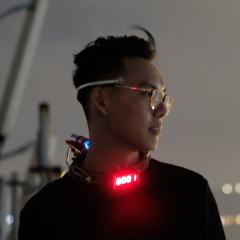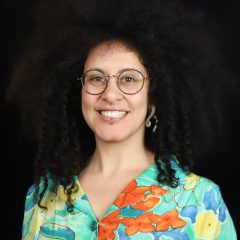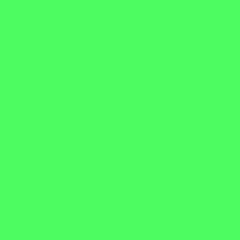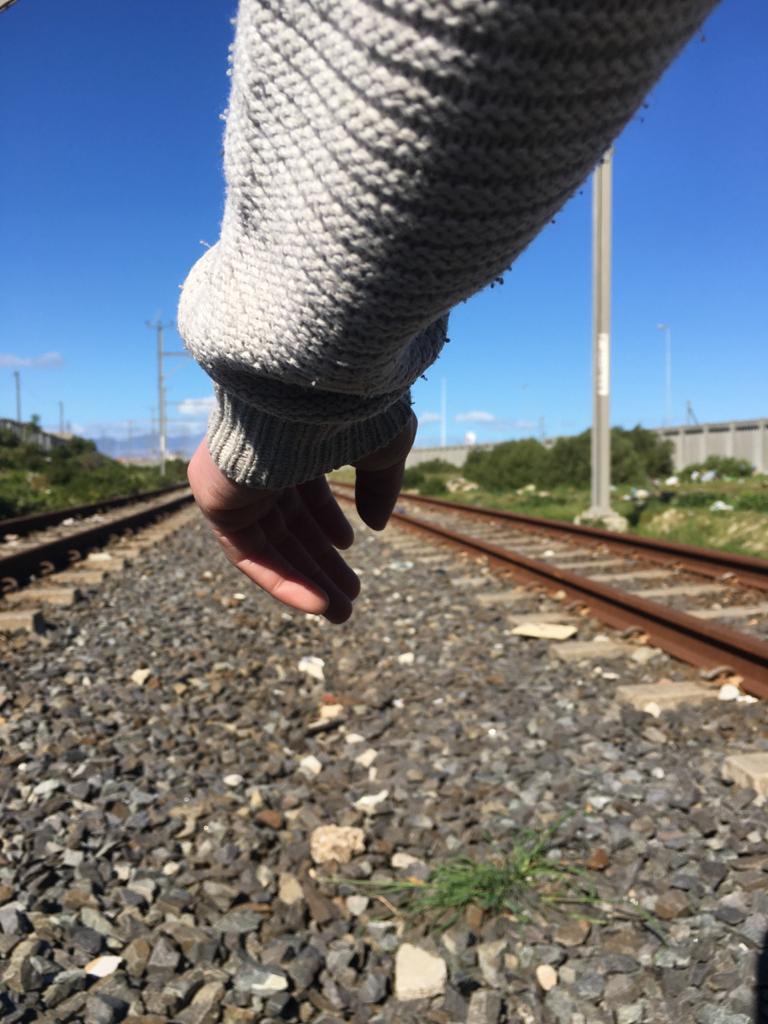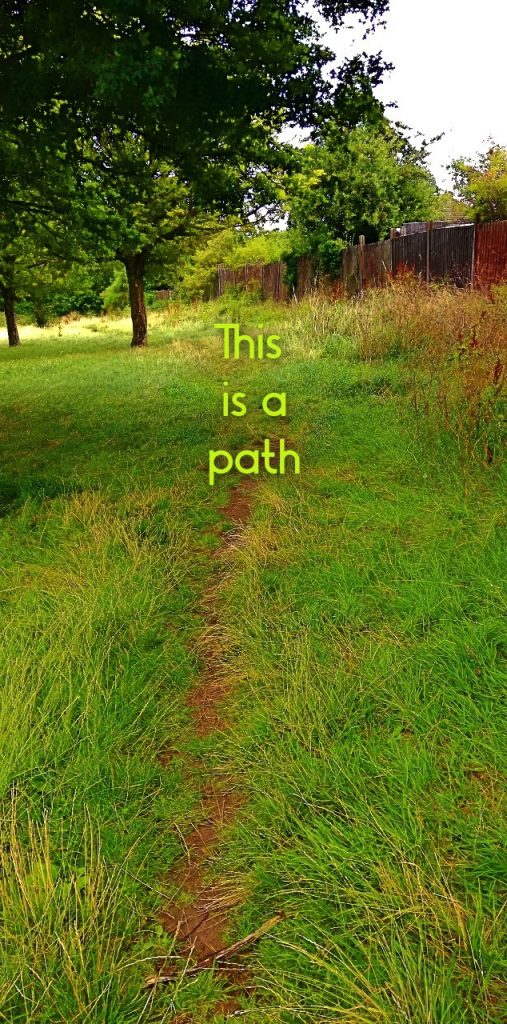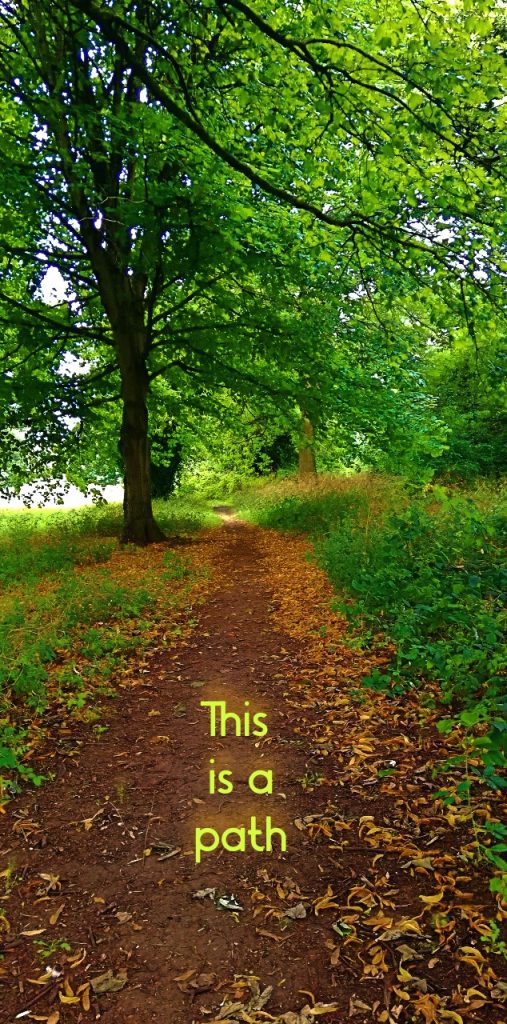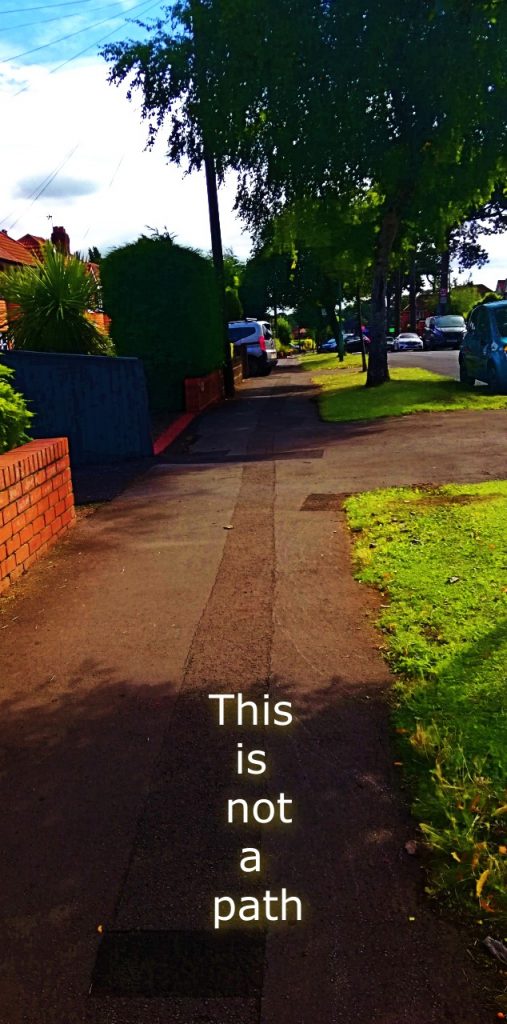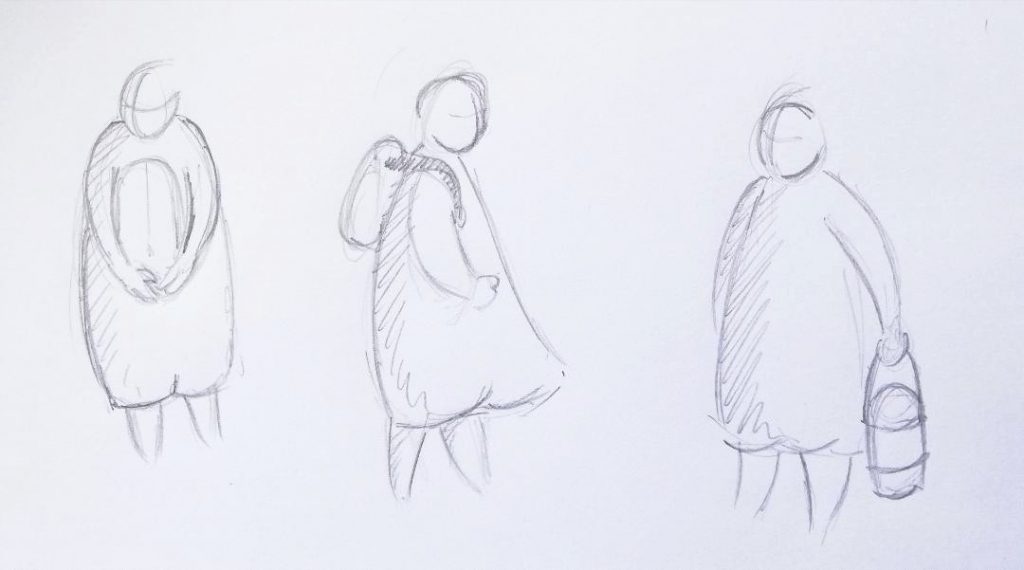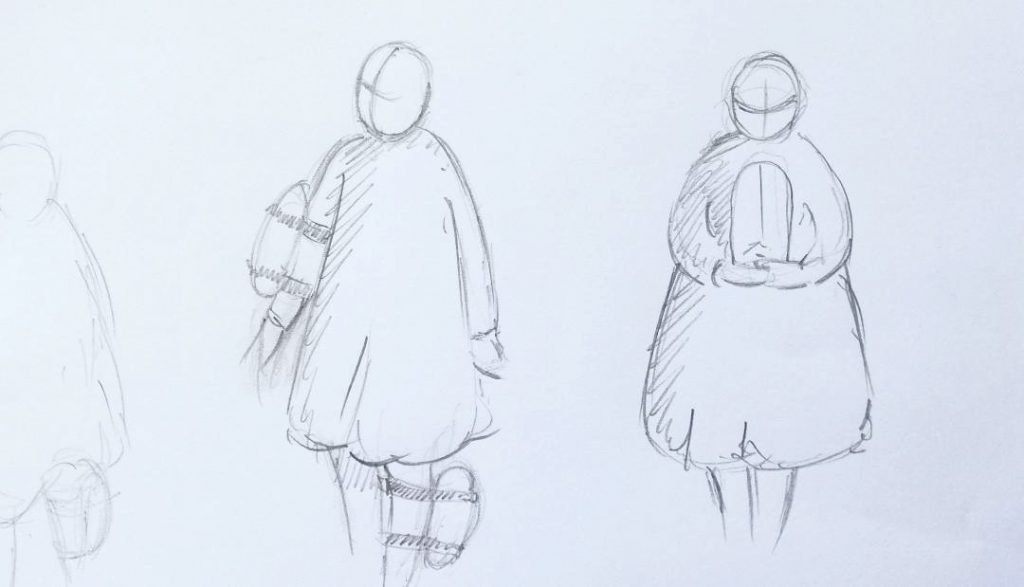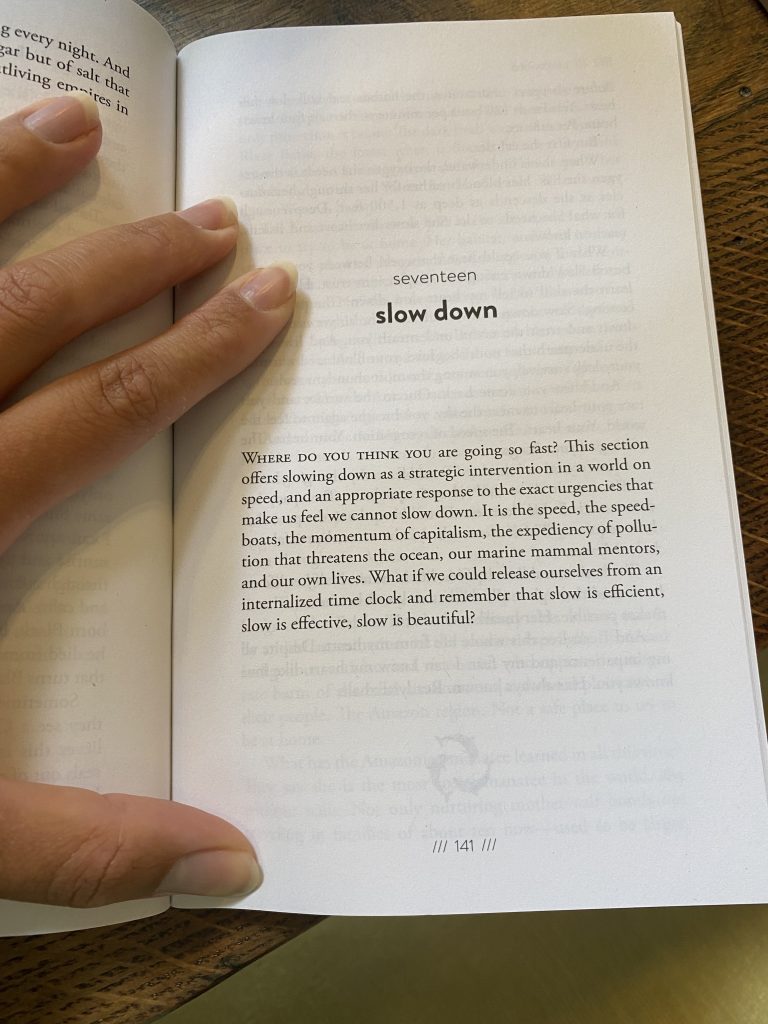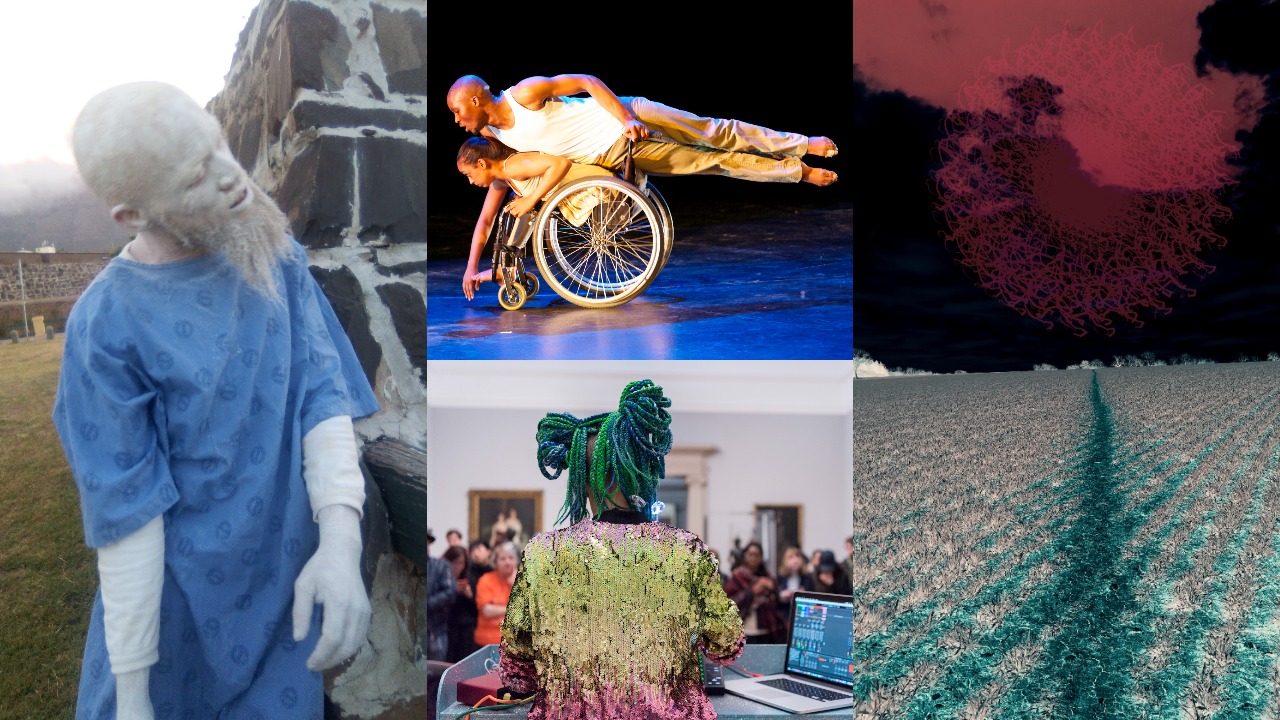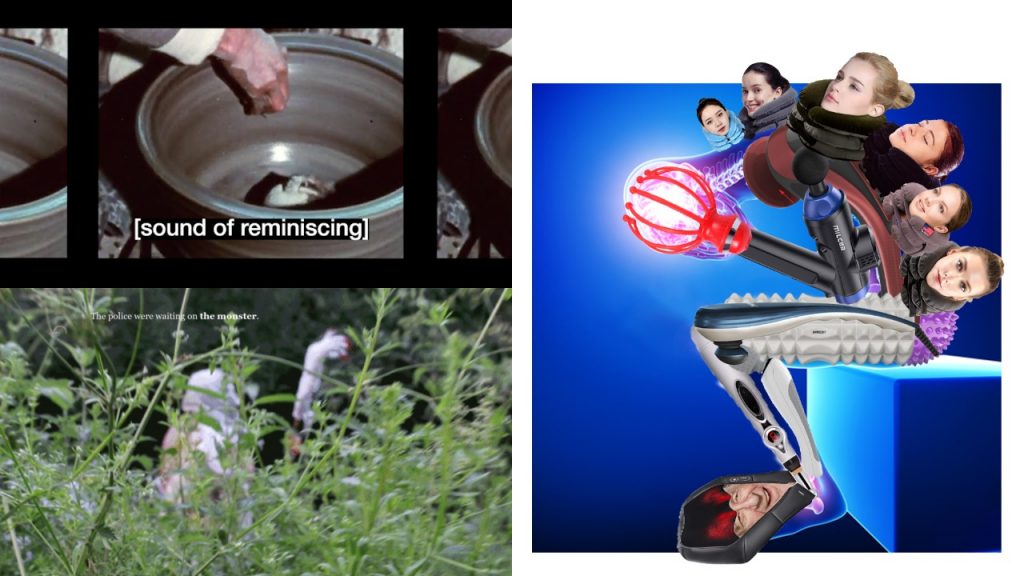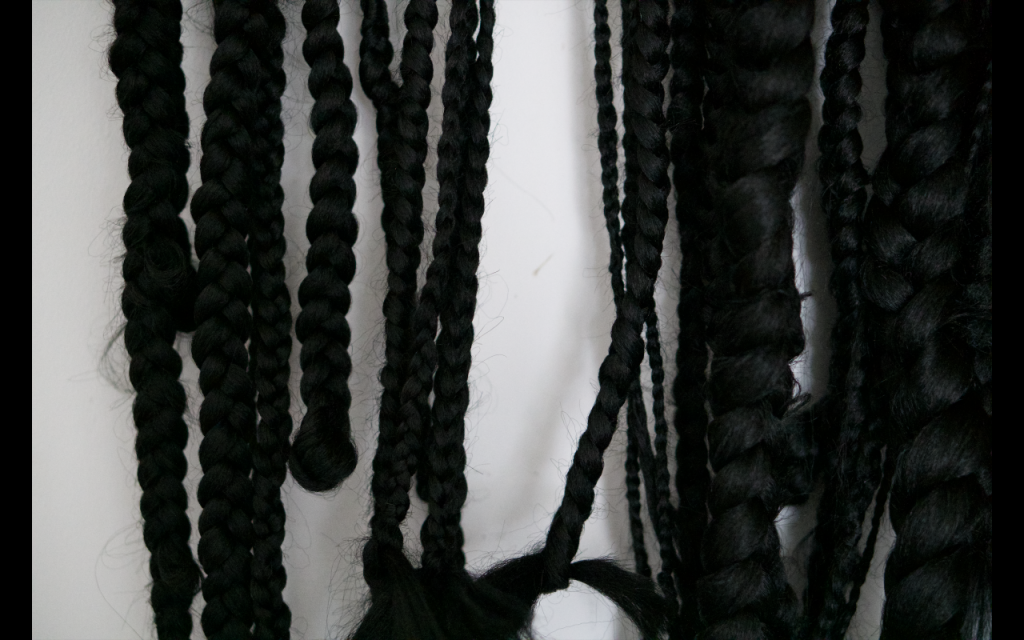I am slowly, deeply and intentionally breathing into Alexis Pauline Gumbs’ book ‘Undrowned: Black Feminist Lessons from Marine Mammals’
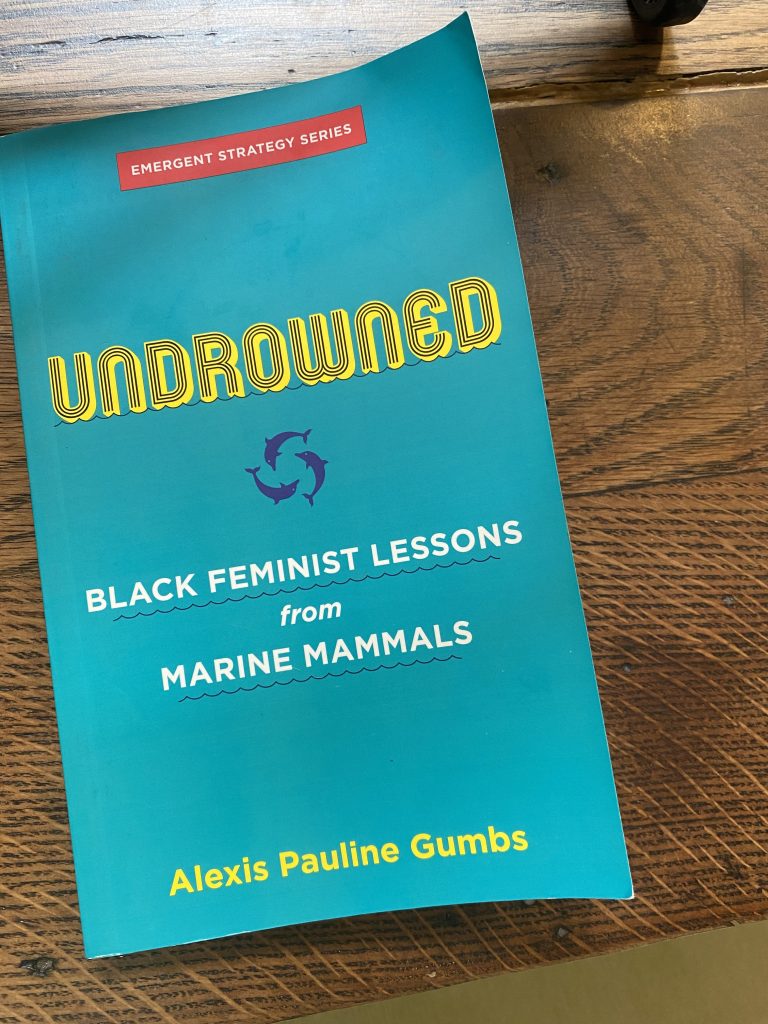
I have a lot to process and it feels important to: Rest

“I have heard people praised over and over again as “tireless,” right through their exhaustion and death. I myself have forgotten to eat.”
“…And we deserve space to reflect on what we made…”
Extract from ‘Undrowned: Black Feminist Lessons from Marine Mammals’ by Alexis Pauline Gumbs’, Chapter: ‘Rest’
